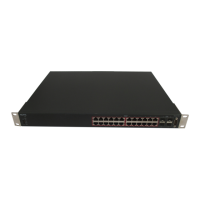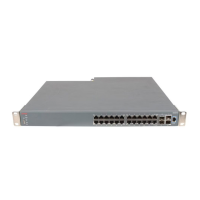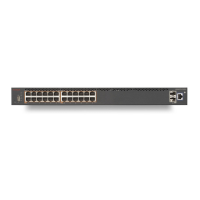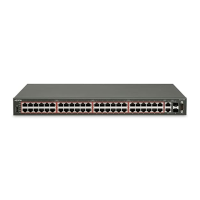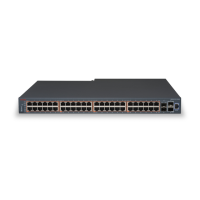To use the console port, you need the following equipment:
• A terminal or teletypewriter (TTY)-compatible terminal, or a portable computer with a
serial port and terminal-emulation software.
• An Underwriters Laboratories (UL)-listed straight-through or null modem RS-232 cable
with a female DB-9 connector for the console port on the switch. The other end of the
cable must use a connector appropriate to the serial port on your computer or terminal.
You must shield the cable that connects to the console port to comply with emissions
regulations and requirements.
System Logon
After the platform boot sequence is complete, a logon prompt appears. The following table
shows the default values for logon and password for console and Telnet sessions.
Table 1: Access levels and default logon values
Access level Description Default Logon Default Password
Read-only Permits view-only
configuration and status
information. Is equivalent to
Simple Network
Management Protocol
(SNMP) read-only
community access.
ro ro
Read/write View and change
configuration and status
information across the
switch. You cannot change
security and password
settings. This access level is
equivalent to SNMP read/
write community access.
rw rw
Secure and non-secure protocols
The following table describes the secure and nonsecure protocols that Ethernet Routing Switch
4000 supports.
Fundamentals
14 Quick Start Configuration for Avaya ERS 4000 Series November 2013
Comments? infodev@avaya.com

